Geochemical and isotopic characterization of surface river-alluvial groundwater relationships in a high altitude semi-arid basin, Elqui (Chile)
Résumé
Geochemical and isotopic tools are used to trace surface water groundwater interactions, which are
major recharge processes for alluvial aquifers, especially in arid zones. In this context, geochemi cal
characteristics of surface and ground waters should be strongly linked. Nevertheless, geochemical
signatures can be very complex in valleys, especially in volcanic contexts where different processes
are involved such as rock weathering, mixing with geothermal fluids or dissolution of particular
minerals producing specific geochemical facies. The study area (upper Elqui valley and tributaries)
is located in Chilean Andes (800 - 5500 m). The upper zone (> 3000 m) comprises various volcanic
rocks including locally mineral-rich areas (El Indio Gold Belt) and is supplied by several glaciers
including the Tapado (HCO3-Ca hydrochemical facies) and rock glaciers (SO4-Ca hydrochemical
facies), with increasing mineralization from upper to lower parts of the bas in (EC from 150 to 630
IS.cm-1). In zones including mining activities (El Indio mining) or mineral-rich terrains, increases in
mineralization (up to 4000 IS cm), acidification (pH <4) and high concentrations of metallic elements
are observed in surface waters. The lower part of the basin is composed of plutonic rocks and detrital
terrains in which alluvial aquifers are developed. The hydrochemical facies of tributaries is HCO3 -Ca,
but the major river retains the SO4-Ca signature acquired in the upper part of the basin. All through
the alluvial aquifer, hydrochemical and isotopic characteristics of surface waters and ground waters
generally show good relationship, highlighting a good connectivity between these two compartments.
Nevertheless, isotopic values of some tributaries can be different and contrasted compared to others
as a function of the origin of water (from glaciers, rain and or snow). Radon measurements have
shown some possible contributions from plutonic rocks. This mutitracer approach coupled wi th
hydrodynamic information allow to better characterize surface water groundwater interactions, which
are complex to identify but are fundamental to optimize the integrated water resources management in
arid contexts at middle to high altitudes.
